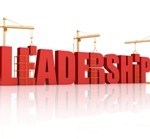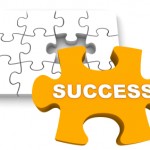
In any time but the current one, this is the last place Marshall Goldsmith, one of the most in-demand CEO coaches in the world and bestselling author of leadership classics like What Got You Here Won’t Get You There and Triggers, would be. Back in B.C.—Before Covid—Goldsmith was a legendary road warrior with 11 million frequent flier miles, tracking how many nights a year he was at home with his family, rather than vice versa, in the hopes of improving that KPI.
Yet, here he is, with a green screen behind him, chunky Sony earphones locked on snuggly, ready to talk from his home in Covid-subdued La Jolla, California. And, as you’d expect from someone who is obsessed with prepping leaders for change, he’s okay with it. “I’m a Buddhist,” he shrugs. “What is is, so you just make peace with what is and do the best you can and move on.”
This kind of equanimity takes work, of course. Lots of it. In the midst of crisis, Goldsmith is practicing what he preaches, meeting with a group of 50 or so high-performing people each weekend (virtually, of course), talking about issues, feelings—and fears. He’s working with his own coach, trying to improve his behaviors, checking in nightly on how he’s doing relative to expectations. And, more than anything else, he’s listening and trying to help his clients—many of whom are household names in global business—tackle a very, very tough time.
In a conversation with Chief Executive, Goldsmith, who will be the keynote speaker at our upcoming annual CEO Leadership Conference on November 5, talked about how Covid is disrupting his clients, what he’s counseling them and why this period of unparalleled change and challenge is an essential time to work on your own behavior and improve your emotional intelligence. The conversation was edited for length and clarity. Continue reading





 By
By  by Laura Gassner Otting
by Laura Gassner Otting By William Arruda
By William Arruda